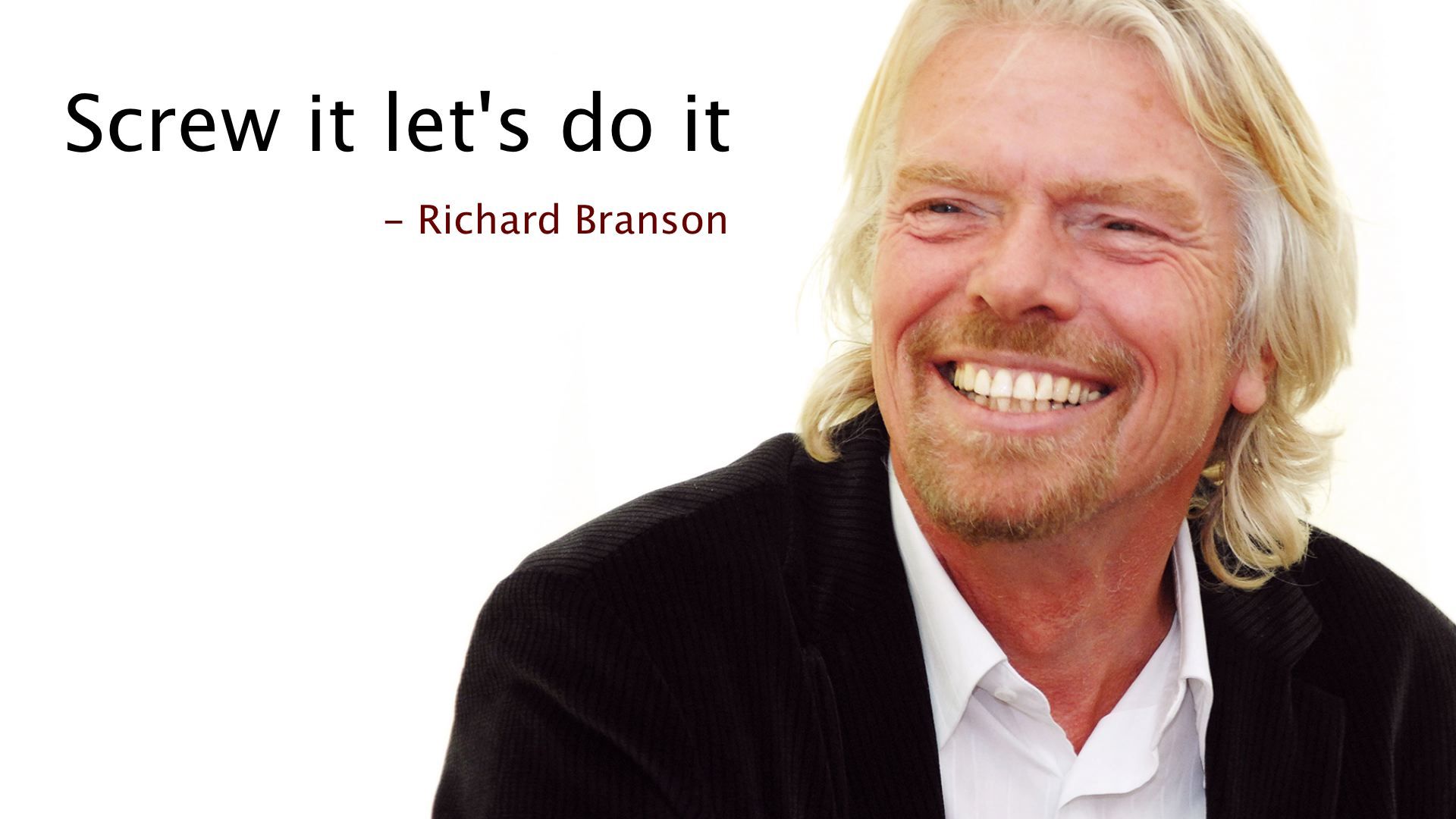There are books you read, and then there are books that push you to take action. Screw It, Let’s Do It! by Richard Branson is one of those books. I first picked it up on a quiet weekend, thinking it would be a light read. I walked away with something far more valuable. This book left me with a handful of principles that now shape how I approach work and life.
Branson’s writing style is simple and personal. No jargon. No overthinking. Just honest storytelling packed with insight. It feels like having a conversation with someone who has seen failure, success, risk, reward, and still chooses to stay curious and committed.
If you have ever hesitated to speak up, launch an idea, or take on a challenge because you did not feel “ready enough,” this book will nudge you forward. Here are the lessons that stood out to me, especially in the context of leadership, learning, and development.
1. The Mindset You Choose Changes Everything
Table of Contents
Branson starts strong by showing us how powerful our words are. “I will” and “I can’t” are both four-letter phrases, but they take us in completely different directions. The lesson is simple. You become what you repeatedly tell yourself.
This struck a chord with me. I thought of all the times I second-guessed myself. Not because I lacked ability, but because I let fear decide. I have seen this with teams too. Sometimes, all it takes is a slight mindset shift to unlock someone’s momentum.
One example that comes to mind is my colleague Glen. He moved from co-facilitator to lead facilitator not by waiting to feel ready, but by preparing, showing up, and choosing to believe in himself.
Workplace reflection: Help people shift from “Can I?” to “How can I?”
2. Goals Matter, But So Does the Joy of the Journey
Branson advocates setting goals, but he does not believe in being rigid. His view is that clear goals give us direction, but we must remain flexible in how we reach them.
In organizations, I often see teams fall into either extreme. Either they drift with no goals or feel crushed by ones that are too narrow. What works best is having goals that inspire, not overwhelm.
After reading the book, I started breaking down goals into three levels. Must-do, nice-to-have, and exploratory. This small change gave me structure and space at the same time.
Workplace reflection: Not every goal needs to be a stretch. Some just need to be real.
Tip: Let teams experiment. Allow for goals that are curious, not just KPI-driven.
3. Money Should Be Fuel, Not the Final Stop
Branson makes a clear point. If you chase only profit, you may never find lasting success. But if you focus on meaning and fulfillment, the money often follows.
This is especially true at work. I have seen people in high-paying roles who feel empty. And others in quieter roles who glow with purpose. The difference is alignment. When your work reflects who you are, results tend to follow.
At FocusU, we say, “If you’re not enjoying your work, something needs to shift.” That could be mindset. It could be role. But it cannot be ignored.
Workplace reflection: Help teams find the “why” behind their work.
Also Read: Helping Employees Find Their True Potential
4. Take Risks That Are Thoughtful, Not Reckless
One of the most practical lessons in the book is about risk. Branson does not leap without thinking. He calculates. He weighs the downside. Then he acts.
He uses an example many of us can relate to. The moment we hit snooze on our alarm clocks, we are already choosing delay. A small risk, yes. But one that reflects how we approach bigger ones.
Since reading this, I have changed how I evaluate risk. I now ask myself, “What can go wrong, and can I handle it?” If the answer is yes, I move ahead. If not, I plan better.
Workplace reflection: Encourage discussion around risk. Don’t punish every misstep.
5. Take Initiative, Even Without an Invitation
Branson writes about how action always beats waiting. He references an old rabbit pie recipe that starts with “First, catch the rabbit.” You do not wait for someone to hand it to you. You go get it.
This story stayed with me. So many times, we wait. We wait for clarity, for approval, for confidence. But growth does not wait. It moves when you do.
At FocusU, one of our key values is initiative. We do not wait to be told. We ask. We volunteer. We build. It makes the work feel alive.
Workplace reflection: Normalize initiative. Do not let perfection be the entry ticket to participation.
6. Some Battles Are Not Yours to Win
Another subtle but valuable insight from Branson is about letting go. Sometimes, despite our best intentions, something just does not work. The smart thing may be to step away.
This is hard to do. I once spent months trying to fix a broken workflow. Everyone agreed it was clunky, but no one acted. I pushed, waited, revisited, and pushed again. Eventually, I had to let it go. Not out of defeat, but clarity.
Branson reminds us that walking away is not weakness. It is wisdom.
Workplace reflection: Help people understand that quitting is not always giving up. Sometimes, it is moving on.
7. Start Before You Are Fully Ready
This might be my favorite idea from the book. “Screw it, let’s do it” does not mean be reckless. It means be prepared, then take the first step without waiting for perfection.
I have used this mindset to submit proposals, launch pilots, and host learning sessions that were 80 percent ready. Each time, I learned more from action than I would have from waiting.
Progress rarely happens in theory. It comes from motion.
Workplace reflection: Encourage MVPs. Let teams build drafts and iterate.
8. Bold Is Good, But Blind Boldness Is Not
Branson warns against mistaking boldness for stubbornness. Saying yes to everything is not wise. True courage includes the wisdom to say no when needed.
I learned this after overcommitting on a stretch assignment. I wanted to be bold. I wanted to impress. Instead, I ended up burned out and below average.
Now, I check my bold moves with a filter. Do I have the time, energy, and resources to follow through? If not, I pause. Not because I am afraid, but because I have learned.
Workplace reflection: Equip people with the language to decline with dignity.
9. Make the Attempt Count
Branson reminds us that success is not always about the win. It is about the effort. The showing up. The trying.
This hits home for anyone working on team culture. So often, people hesitate to share ideas because they fear being wrong. But innovation needs missteps. It needs courage more than certainty.
In our learning sessions, we celebrate input over accuracy. We care more about engagement than elegance.
Workplace reflection: Make recognition less about numbers and more about effort.
Read Also: Why Training Alone Isn’t Enough
Final Thoughts: Just Say Yes
Branson’s book is not a manual. It is a mindset. A reminder that the right time does not exist. That perfection is overrated. That belief is the true beginning.
What stuck with me most was not a single quote or tactic. It was the energy of the book. The urgency. The humor. The constant encouragement to stop playing small.
So here is what I want to leave you with.
Say yes to the project you are unsure about.
Say yes to the role you do not feel fully ready for.
Say yes to a learning journey that stretches you.
You do not need to know everything. You just need to begin.
Screw it, let’s do it.










